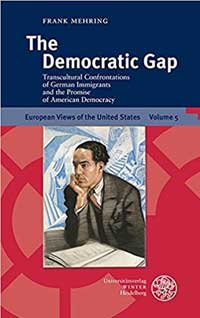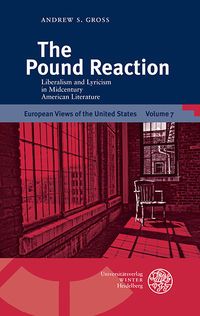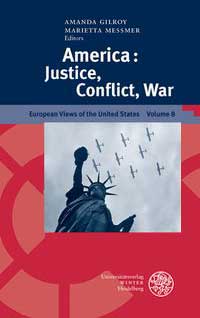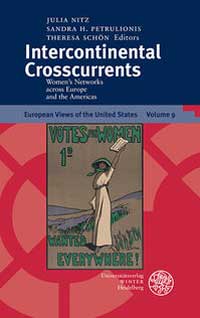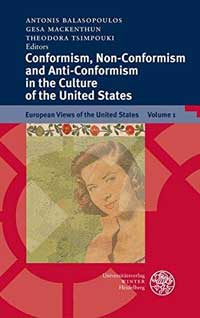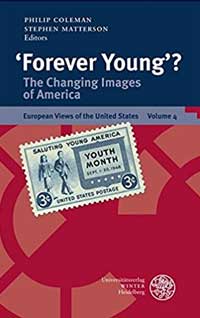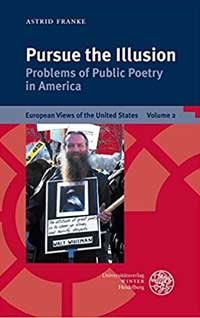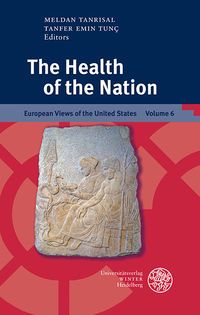Bernd Herzogenrath, ed., The Films of Tod Browning
Bernd Herzogenrath, ed., The Films of Tod Browning. London: Black Dog Publishing, 2006 (238 pages).
This admirably all-inclusive volume is divided into two parts: "Themes, topics, approaches"; "Films". If those treated in Part Two are mostly famous and illustrate both the silent and sound periods of the director (The Unholy Three, Where East Is East, Dracula, Freaks, Mark of the Vampire), the reader is also offered a brief discussion of a rare film on boxing of which I knew nothing until reading this volume: The Iron Man, made in 1931 after Dracula.
One of the studies in Part One is devoted to Browning and slapstick, superficially a most surprising entry. However, when author Boris Henry lists aspects of the slapstick genre, things start to fall into place: "... the double and the notion of duality; the importance of gesture; bodily transformation, disguise, ...; the main character's loneliness and inability to fit into society; ... " (p.44). If we can recognise Buster Keaton here, we are also at the heart of Browning's cinema and chapter after chapter testify to the centrality of these themes.
It is striking to note how important the notions of spectacle and illusion are to the director's work: ventriloquism (The Unholy Three), disguises (The Unholy Three, The Blackbird, The Devil-Doll), role-playing (The Blackbird, London After Midnight, Mark of the Vampire), and magic (The Show, West of Zanzibar). These notions in turn tend to foreground the role of audiences and spectators, both those within a given film (The Unholy Three, The Unknown, Mark of the Vampire) and those of the film itself: you and me. Browning tended to place the spectators of the film in a privileged position enabling them to see how characters were being fooled, but the interest of this tactic lies in the fact that we can easily put ourseslves in the place of the characters thus duped. In The Unholy Three, for example, Browning uses doors to separate two worlds, that of the characters being led astray by Chaney and his cronies, and that of the film's spectators. We are "with" the criminals in one space (a room in a house), while those being duped are radically separated from us/the characters, on the other side of the door.
This becomes a metaphor for the illusory nature of orthodox realism: seeing is believing. But also, in this particular film, hearing is believing, as the Chaney character (the ventriloquist) shifts from a male voice to a female one (his constant disguise is that of an old Granny, looking ahead to the role played by Lionel Barrymore in The Devil-Doll in 1936) in order to maintain the illusion. As Robin Blyn nicely demonstrates in his long and thorough analysis of The Unholy Three - which, we must not forget, is a silent film - the entire film is a reflection on the use of the voice in cinema and its imminent arrival in the late 1920s. The Unholy Three is one of those "experiments in the cinema that entail the dissociation of the human voice from the body of the speaker" (p. 127), of which Lang's The Testament of Dr. Mabuse (1932) is the most systematic representation.
In his nicely titled essay "Double Identity. Presence and Absence in the Films of Tod Browning", Alec Charles writes: "If cinema reveals to us brave, rich and strange new worlds, then they are worlds that we have already, unknowingly, known of old. It shows us the invisible things that surround us; it reveals the secrets that we're repressed and forgotten we knew" (p.87). This is his way of introducing what is at once the most insistent aspect of Browning's cinema and the theory explaining its effects: the Uncanny and Freud's brilliantly conducted investigation of the topic. The most far-reaching sense given to the term is that where the Uncanny becomes what "ought to have remained secret and hidden but has come to light" (quoted on p. 87). We are here in the presence (on the mode of absence) of the "Gothic" dimension of Browning, the secrets that suddenly emerge from the closet or the crypt, be they the secrets of the family or an an entire society at a precise moment of history.
Particularly valuable in this context are Stefan Brandt's analysis of Where East is East and Bernd Herzogenrath's essay "The Monstrous Body/Politic of Freaks". The sub-title of Brandt's study, "Cultural alterity and sexual desire", raises the question of identity where sex, race and social function are inextricably linked and determined by history and ideology. The character of Bobby, who falls firstly for Chaney's daughter, then for the girl's Chinese mother, a redoubtable femme fatale, is described thus: "Bobby becomes an advocate of a dream hierarchy, in which the Orient functions as an empty screen for fantasies of Western imperialism and masculine endeavour in the East" (p.133). Here performances and \\costumes are less signifiers of illusion than of an ideological deconstruction of ethnic and sexual stereotypes. The mutual infatuation shown by father and daughter finds its double (a favourite Browning theme) in that of Bobby for the mother, thus hinting at the return of the repressed of the taboo of incest, the ultimate and most horrifying manifestation of the Uncanny.
Freaks takes up literally those "scenarios of dismemberment and mutiliation" that Nicole Brenez discusses in her review of Chaney's roles in the 1920s, for Browning and other directors (p.96). Evoking eloquently in his Introduction to the volume the "anxious and monstrous disturbances" that haunt Browning's films, Herzogenrath adds: "These (no)things expose the endless emptinesses upon which cinema's (and indeed patriarchy's) essential myths of power, presence, endurance, satisfaction and closure are impossibly founded" (p.14). What is so disturbing about Freaks is what Slavoz Zizek calls "the grimaces of the Real": the freaks are the signifiers of what we cannot face up to ("one of us, one of use" as they chant in order to welcome Cleopatra into their world), yet they are there before us in flesh and blood, more unsettling even than a Cronenberg movie.
The whole notion of "the primal fragmentariness of the body" (p. 185) symbolises both the return to the Imaginary wholeness of the mirror stage and the recognition that individual identity is a social construct that can unravel to reveal a void, Lovecraft's parallel world with its "nameless horrors", or the "manimals" on show in that equally unsettling contemporary horror film, Island of Lost Souls (Erle C. Kenton, 1932). In Freaks the eponymous heroes and heroines reverse the experiments of Dr. Moreau by transforming a woman into a "chicken woman" and not an animal into the semblance of a human. We therefore return via this examplary film to the starting-point of this excellent and indispensable volume - illusion, spectacle, etc. - but now the illusion seems all too horribly real in its "obvious opposition to wholeness, unity, and "clean-limbed-ness" (p.191).
To conclude, the studies published in this undertaking show decisively just how modern a director Tod Browning is.
Reynold Humphries
University of Lille 3


